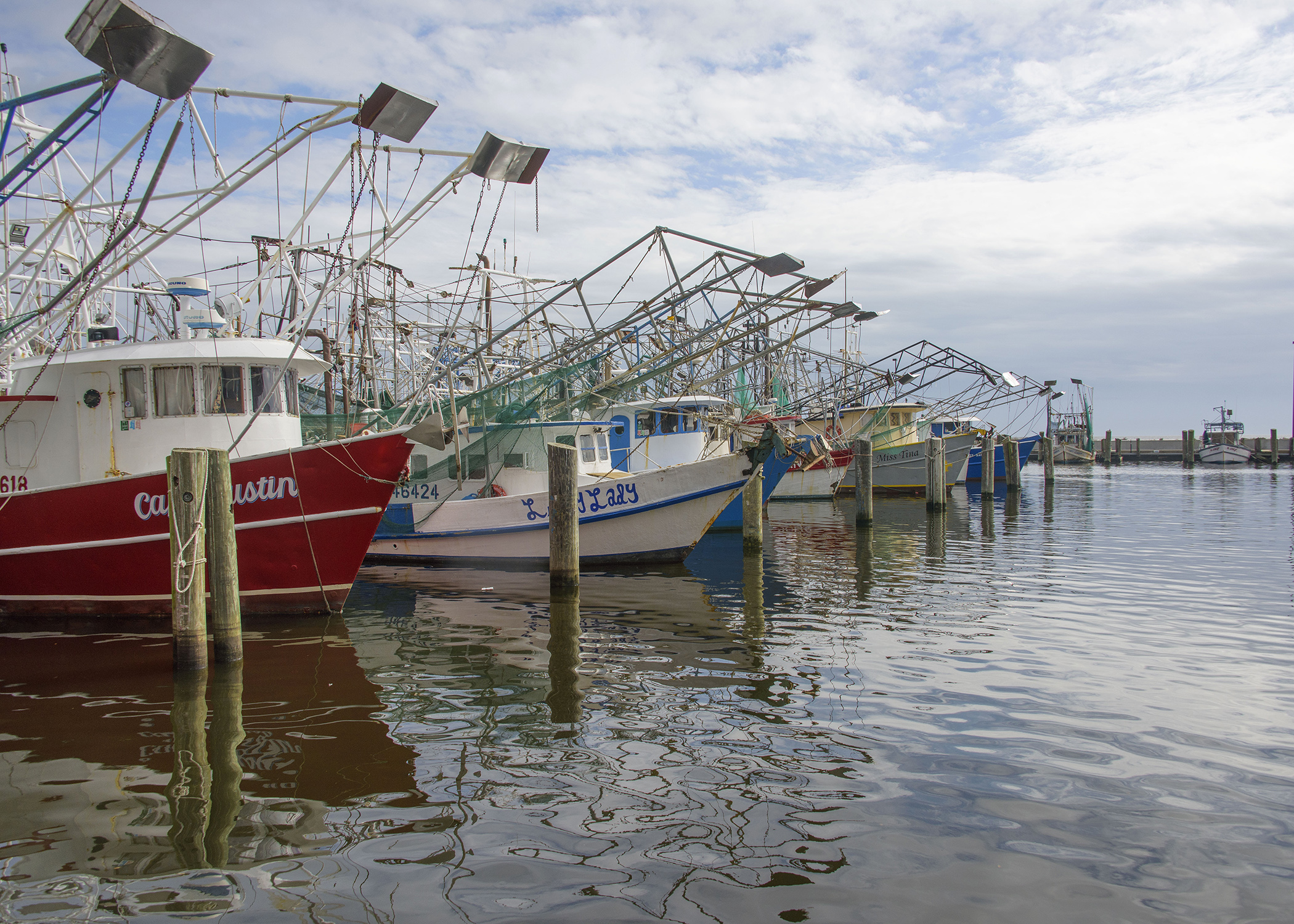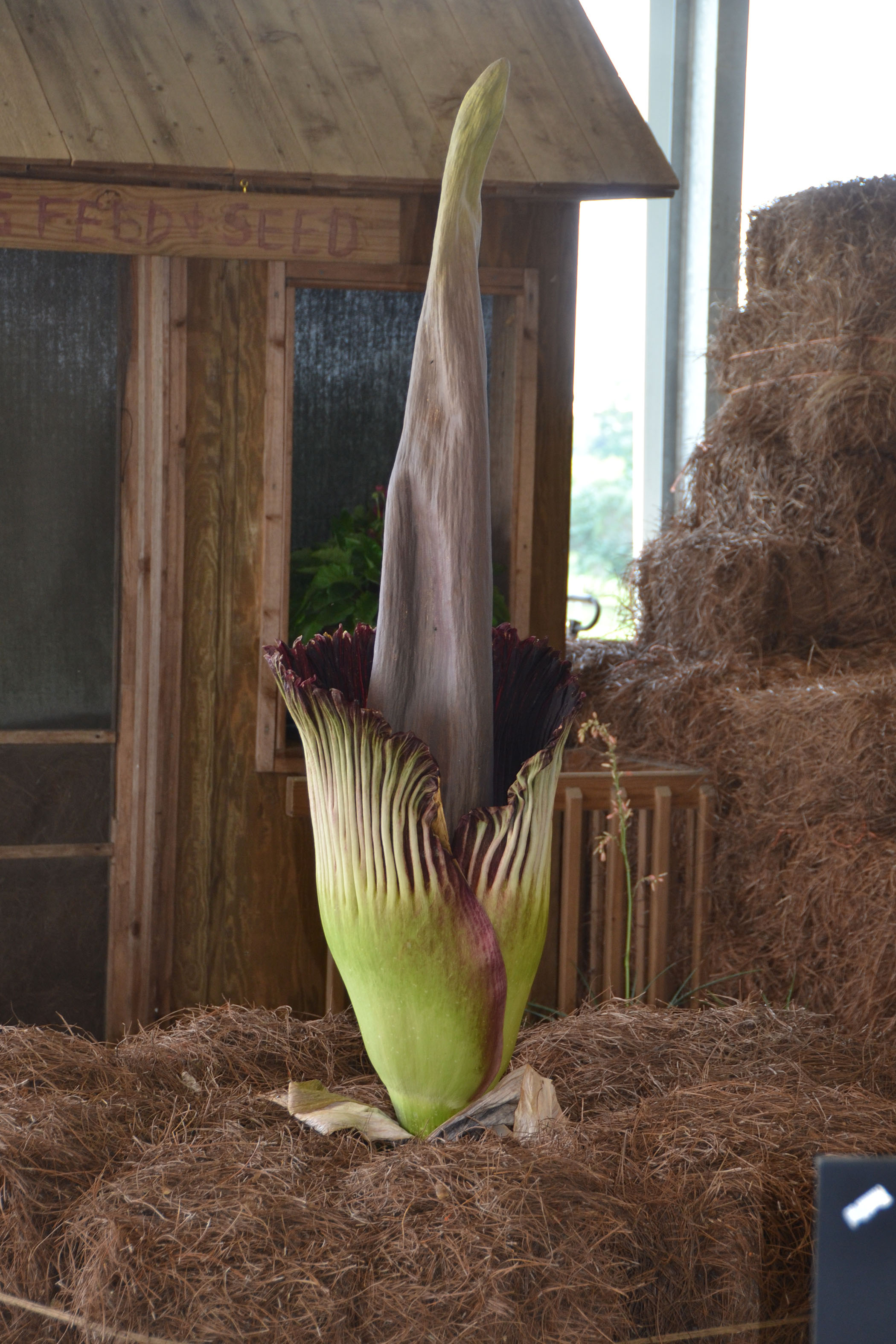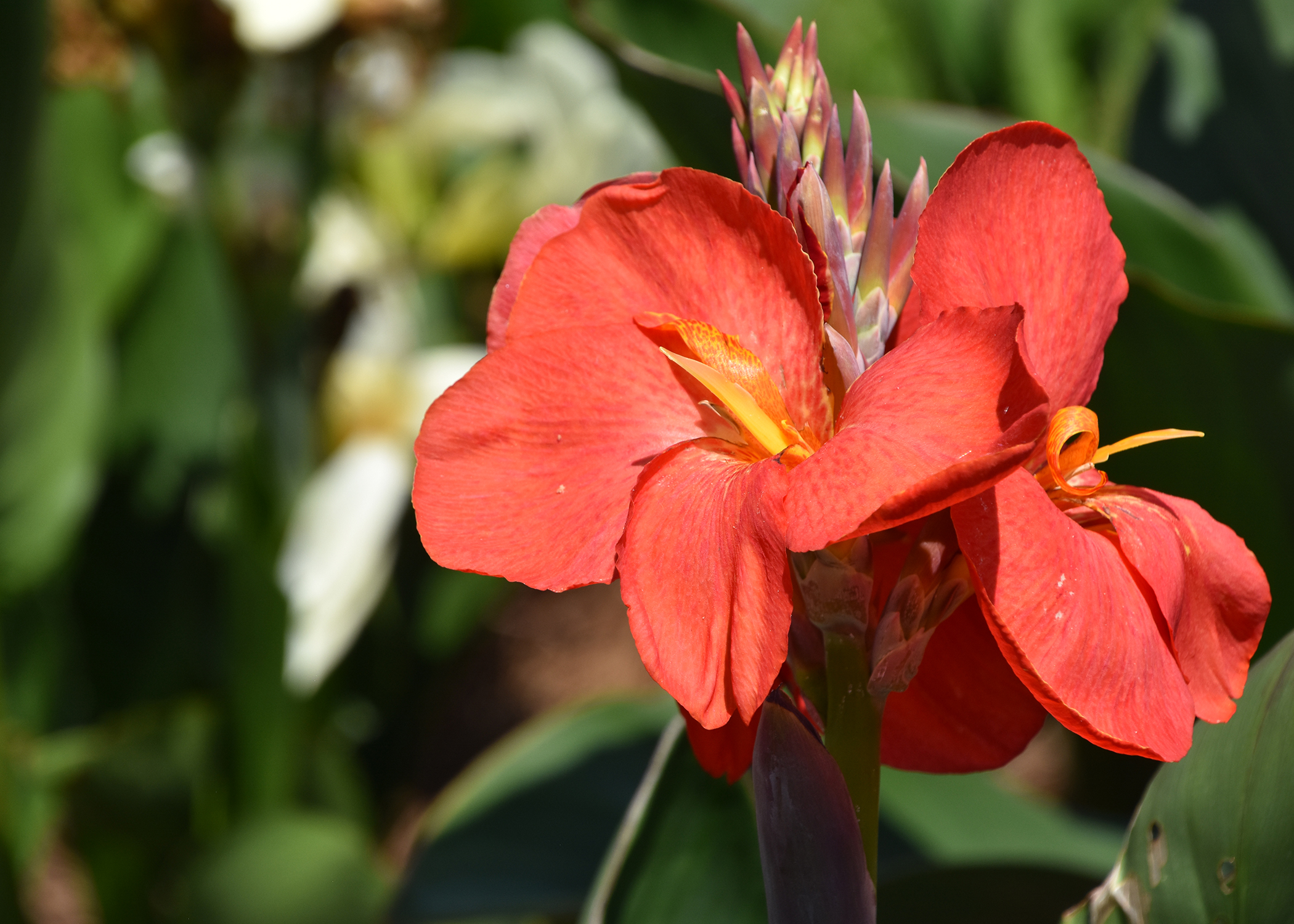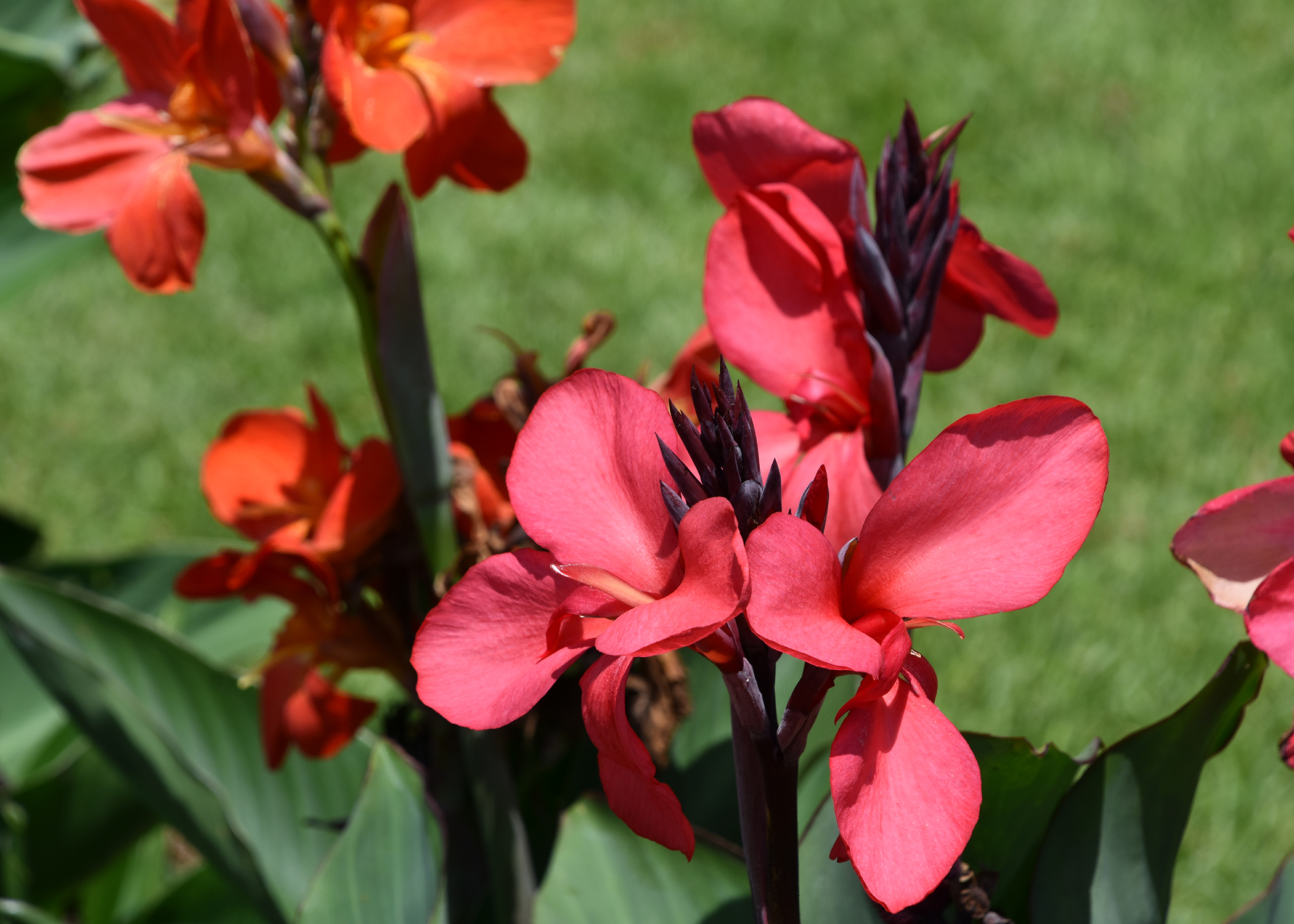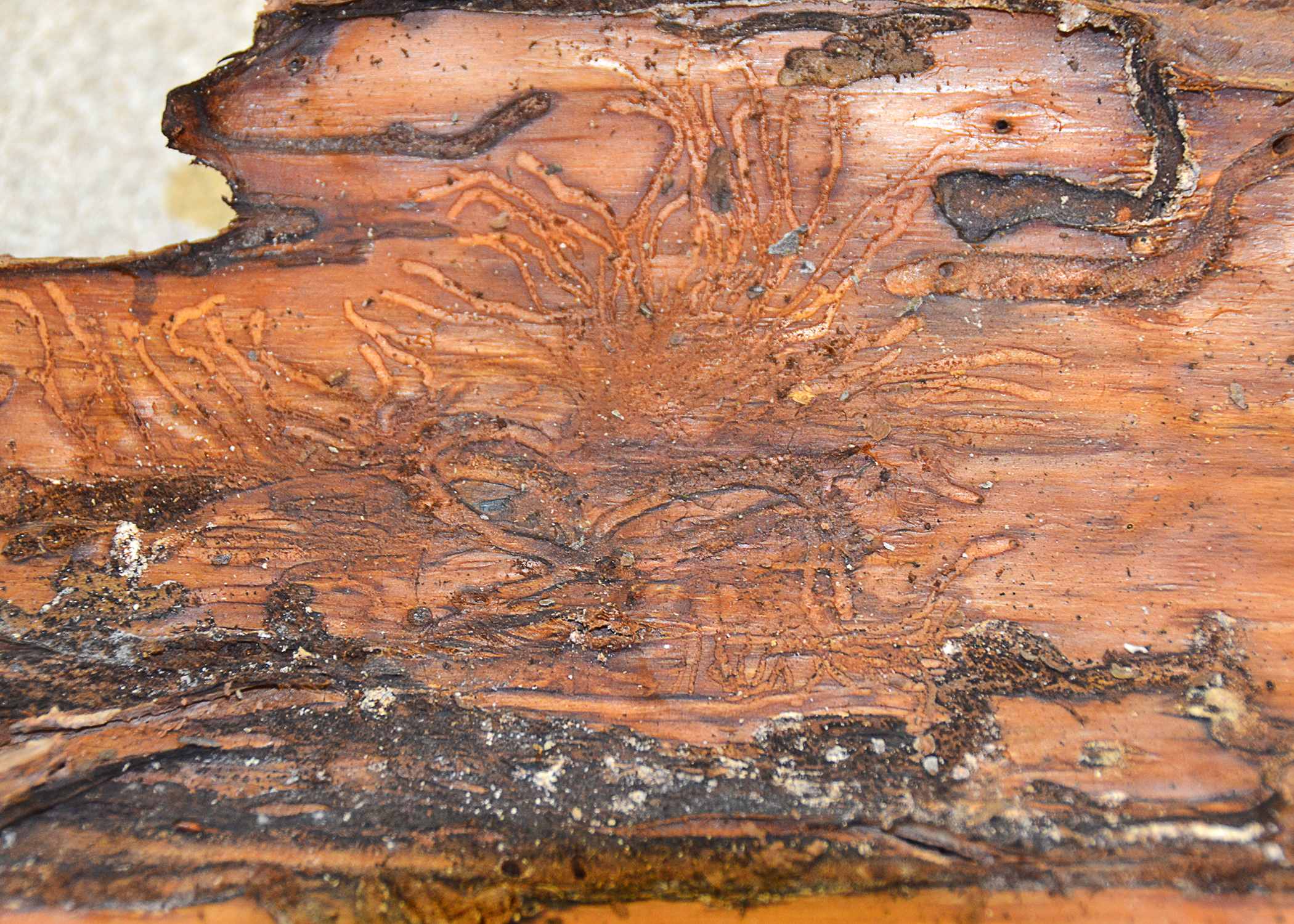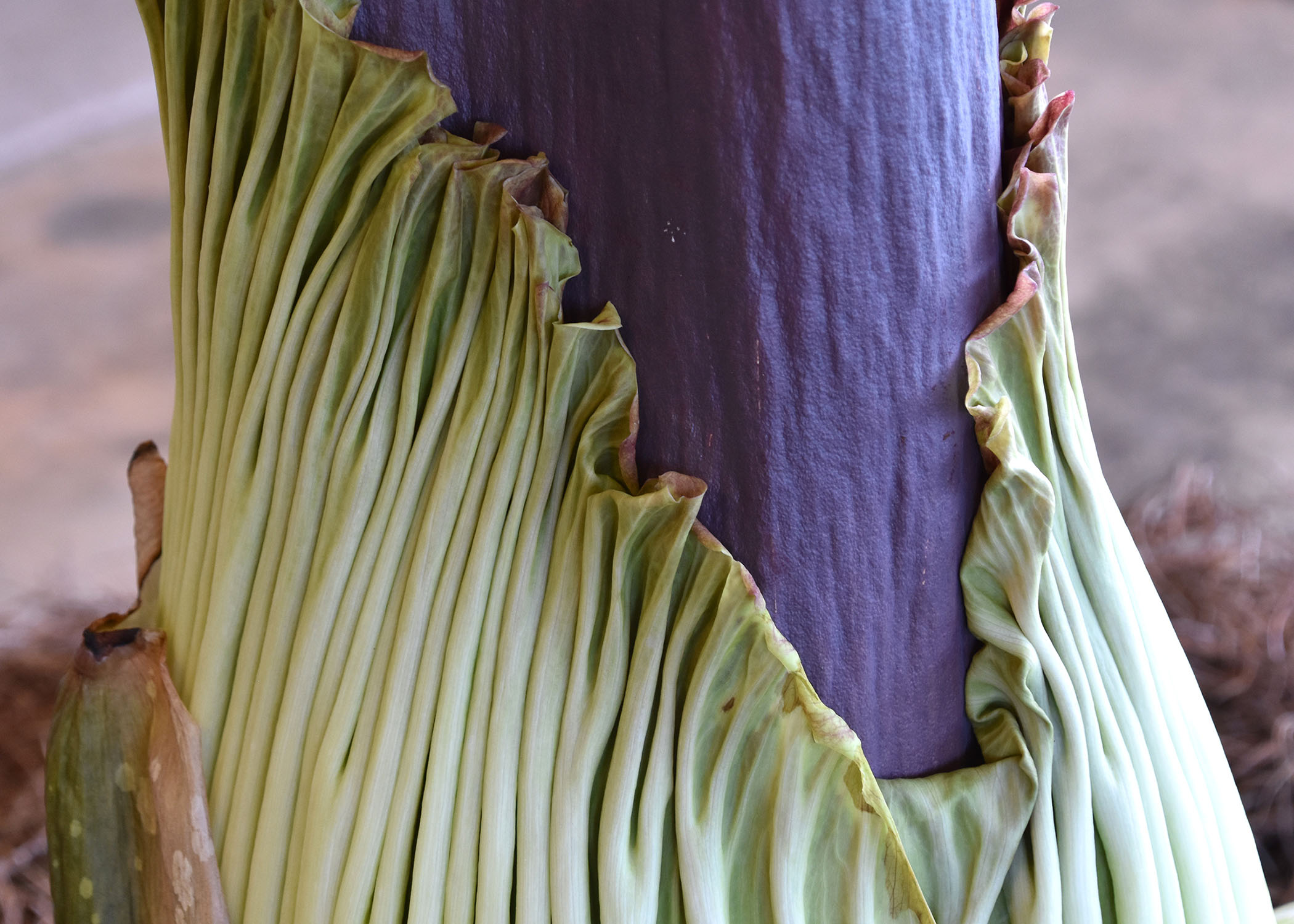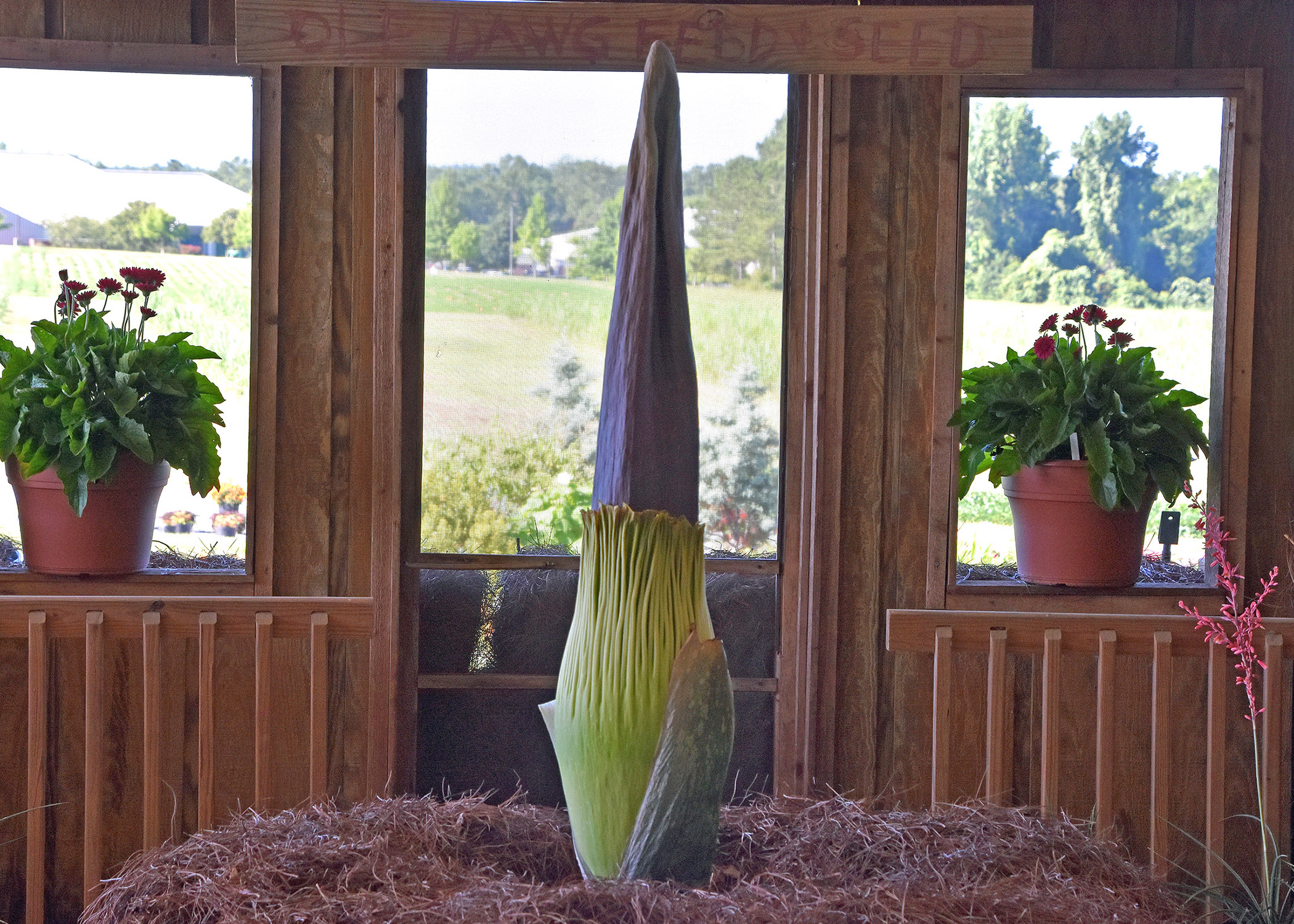BILOXI, Miss. -- Wild-caught shrimp contribute millions of dollars to Mississippi’s economy each year, and experts say better flavor gives them a competitive advantage over imported and pond-raised shrimp.
Dave Burrage, Mississippi State University Extension Service fisheries specialist, said consumers who participate in blind taste tests tend to prefer the taste of wild-caught Gulf shrimp over that of pond-raised, imported products.
POPLARVILLE, Miss. – A rare tropical plant drew a steady stream of fascinated onlookers to a Mississippi State University research station as it bloomed for the first time on June 30.
The 9-year-old titan arum was nicknamed “Spike” by the Mississippi Agricultural and Forestry Experiment Station researchers who care for it. Known scientifically as Amorphophallus titanum, Spike likely will not bloom again for several years.
Lately, I’ve been telling you about some of my favorite go-to plants for Mississippi gardens. The canna lily is another easy landscape plant that I think everyone should have in his or her garden.
Cannas are valued for their large tropical foliage and showy, brilliantly colored flowers.
RAYMOND, Miss. -- An increase in housing starts in 2015 strengthened Mississippi’s timber industry, and stronger demand for sawtimber products used in construction are helping give the industry a boost this year.
James Henderson, an associate professor of forestry with the Mississippi State University Extension Service, said timber ended the year with a total estimated harvest value of almost $1.67 billion.
JACKSON, Miss. -- An organization ready to harvest and distribute quality food to the hungry always looks for new farms to glean and more hands to help with the work.
The Mississippi Gleaning Network exists to link agricultural endeavors with organizations that distribute food to the needy. It is operated under the Society of St. Andrew, a Christian nonprofit, nationwide organization that supplies the volunteer labor.
Gleaning is an ancient practice in which workers are allowed into a harvested field to gather for themselves the food that is left over.
BEIJING, China -- Expanding Mississippi agriculture requires getting to know potential markets, and a group of Mississippi State University Extension agents is seeing one of the largest in the world firsthand.
Most of the time, I write about what I think are great landscape plants for gardeners in Mississippi to try in their landscapes. But this column is a bit different as I’m writing about a plant I don’t recommend for the home gardener.
So I ask your pardon while I turn to my alter ego as a plant nerd.
At the South Mississippi Branch Experiment Station in Poplarville, a very unusual plant is going to bloom shortly. Called a titan arum, this plant originates a long way from Mississippi -- in Indonesia.
STARKVILLE, Miss. – During the summer months, few activities are more appealing than a dip in the pool to escape the heat, but safety must be the top priority.
According to the American Academy of Pediatrics, toddlers have been known to drown in as little as a bucket of water. Swimming pools can pose the greatest drowning riks to toddlers.
Despite the dangers associated with swimming, the good news is that drowning is preventable.
POPLARVILLE, Miss. – Horticulture researchers at the Mississippi State University South Mississippi Branch Experiment Station anticipate the first bloom of the rare titan arum (Amorphophallus titanum) will happen soon.
The plant will not likely bloom again for several years.
STARKVILLE, Miss. -- Mississippi residents are not alone in their appreciation of hiking trails and water activities during the hot days of summer. Wildlife, including snakes, are right there with them.
As outdoor recreation picks up, so does water recreation. Where there is water, there will be snakes. There are all different kinds of snakes people encounter in Mississippi. Some are potentially dangerous and others are completely harmless.

